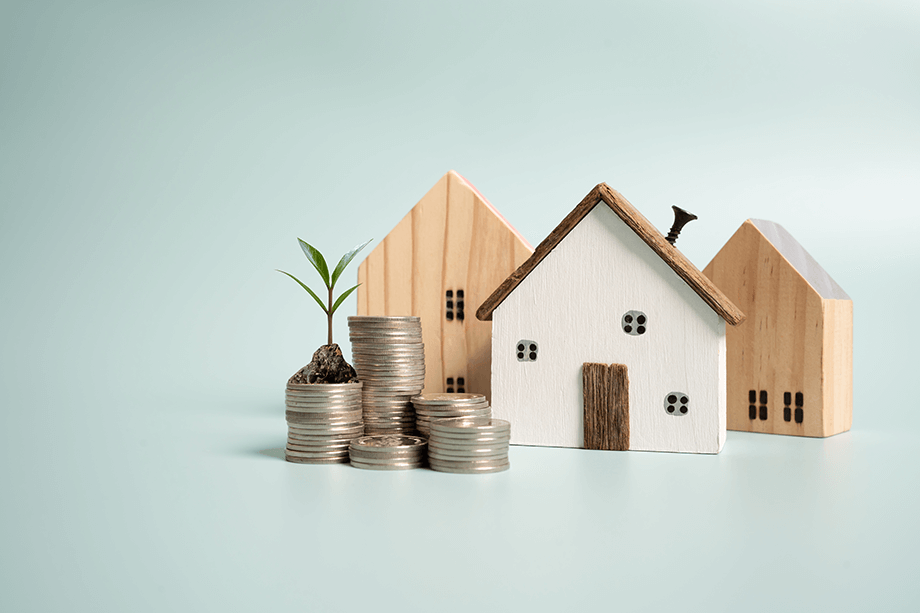For years, Robert Kiyosaki has been investing in real estate with his partner Ken McElroy. As Robert would put it, Ken has perfected a formula for buying properties for nothing.
That might seem like an odd thing to say, but it’s true. Ken buys properties for nothing.
How does he do that? The short answer is through equity. And all it took was one initial deal to get to that point.
Here’s what it looks like. When Ken and his team buy an apartment building, they look for one that is in a good area with job growth. They identify operationally underperforming properties with the ability to add value.
So, for instance, they might see an opportunity to add washers and dryers to each unit. By doing this, they raise the rents, increase occupancy, and drive higher Net Operating Income (NOI).
This increases the value of the property, and then they refinance the property, pay back all the investors, and redeploy that money into a new property. In essence, they get this property for free because they are using equity from their other property to purchase it. And because of the increased operating income of the previous property, he and his team still realize cash flow.
Now here’s the interesting part, Ken started doing this by investing in a small residential property like a duplex. From that small investment, he’s built an empire in the hundreds of millions.
The best part? By leveraging the power of real estate equity, you can too. The following example will show you how you can get paid to buy real estate and grow rich. Sounds too good to be true? Read on.
Leveraging your equity
Imagine you’ve owned a house for a while worth $500,000 and that you have a $250,000 mortgage on it because you bought it some time ago and the equity has grown over the years. Let’s say that mortgage is at 6%, 30-year fixed, and so you have a $1,500 month principal and interest payment.
Because you have so much equity, you are going to do a “cash-out refinance,” replacing the $250,000 loan with a new $300,000 loan. So, you’re pulling out $50,000 in equity.
Let’s just say interest rates are still at 6%, and now your new payment is $1,800. Your monthly mortgage payment is now $300 more per month. So, you’ve bought $50,000 in cash that you can invest in another property for $300 a month.
Now let’s look at how we can begin to lower that $300 monthly cost.
Utilizing amortization
Thanks to amortization, a piece of the payment every month pays down your loan principal. In this case, the principal is about $50 a month, so you’re going to get a principal return of $50 a month against the $300 going out and your actual expense for doing this transaction so far is $250 a month of interest.
Tax benefits
Often when you use loan proceeds to make an investment, the interest is deductible as a cost of doing business (as always, check with your own tax advisor).
In this case, you’ve got the $250 of interest, and we’ll assume your tax rate is 33%, which equals about $80 of your $250. This means you get an $80 tax credit against your other taxable income. This now makes your actual expense for the $50,000 effectively $170 a month.
We’ve reached the end of what we can do without a new property to drive down our monthly cost, so it’s time to invest the $50,000.
Finding the right investment property
After searching, you find a duplex for $250,000, and you invest your $50,000 in that property. You secure a $200,000 mortgage at 7.5% interest. The rate is higher because investment rates tend to be higher than owner-occupied ones.
Your payment for the duplex is $1,400 a month on your $200,000 mortgage. We’ll assume that you will also pay $250 in taxes and $50 in insurance on the property. So your total monthly expense is $1,700 a month.
Thankfully, you also have good renters who pay $1,700 in rent. You’re at break-even cash flow.
If we were to stop right here, you would have a $250,000 investment property for no money down and $170 a month to pay for the equity loan. Most people would be happy with that, but for the professional investor, it’s not enough.
Amortization take two
In the principal and interest payment of that $1,400 for your new property, you have principal pay down as well as with your equity loan-that equals $150 in principal. Applying that to the $170, you’re now in for $20 a month.
It’s important to remember this isn’t a cash flow analysis. This is a profit and loss analysis, so we’re intermixing profit on the balance sheet with cash flow in the real world, but now your net cost from a P&L perspective is $20 a month. That’s better, but not best.
The phantom income of depreciation
Since your new property is an investment, you can also take advantage of depreciation, which is often called “phantom income.” Your investment is divided between the land and the building, or improvement, and in this case, we’re going to say that 80% of this $250,000 property is improvement. You can depreciate a portion of that over a period of time, and it becomes a tax break for you. $200,000 now is your depreciable basis.
Now we’re going to divide that by 27.5%, which is the rate of depreciation in the United States on a residential property. That is $7,272 of annual loss on your investment. That’s $606 a month.
You don’t get to write off the whole loss. You only get a credit based on your tax rate. In this example, we’ve been using 33%, which is a $200 tax credit. If we take that $200 tax credit and apply it against your $20 a month negative, you find yourself positive $180.
And that is how you get paid ($180 a month in this case) to own another piece of property.
If you could get paid $180 a month to own more property, no money down, how many more properties would you want to have? All of them, right?
Increase your real estate IQ
Anyone can use real estate to accelerate their wealth in this way, if they take the time to learn. If you want to learn more about the power of real estate investing-and how you can buy property for nothing (and in many cases, get paid to buy), sign up for our “Real Estate Investing for Beginners” course. It’s a course dedicated to preparing you to find, land, and leverage real estate to make great returns.







